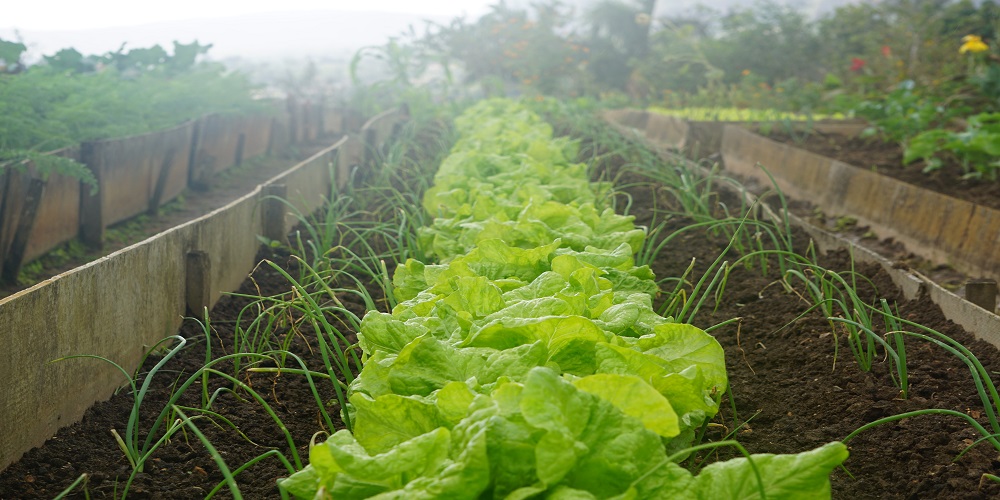Hydroponics came into existence in the past decade, and since then, it has revolutionized cultivation techniques, and why not?
Instead of soil, plants rely on rock wool, perlite, clay pellets and peat moss for their growth. And with as many as six options available, choosing the right hydroponic system is tricky, especially for beginners.
That said, this guide will walk you through the six varieties of hydroponics, so you can decide which one would be the right pick. Without further ado, let’s dive in then!

How Many Types Of Hydroponic Equipment Can You Use
1. Deep Water Culture System
For starters, the deep water culture system (DWC) is considered ideal because it is easy on the pockets and low-maintenance. In the DWC system, the roots of plants are submerged in water filled with nutrient solution, so there is a steady flow of both.
While this system is considered perfect for water-loving plants like lettuce and cannabis, it isn’t ideal for big or long-term plants. However, don’t forget to buy tightly-sealed containers, drying racks and humidity packs for drying and curing cannabis after harvesting.
2. Wick System
Another user-friendly hydroponic equipment that you can use for your establishment is the wick system that doesn’t require moving tools. Plant roots draw nutrient solution and water via a wick attached to a growing media, usually perlite or coconut coir.
The nutrient solution is placed beneath the growing tank, with one end of the wick in the growing media and the other end in the solution. So, nutrients and water are transported to plant roots simultaneously. However, it only works well if installed properly or can kill the plants.
3. Nutrient Film Technique
In the nutrient film technique (NFT), a submersible water pump transports the nutrient solution to plant roots. Other than a water pump, an air stone is used to supply oxygen to the roots.
When water and nutrient solutions are delivered to plants, the solution drains back to the reservoir, which is later reused. Note that a malfunction in the water pump can cause hefty damage to plants.
4. Aeroponic System
Aeroponic is one of the most effective yet expensive systems in which roots and plants hang in the air, and the air pump sprays a fine mist over them. The mist is sprayed for a few minutes at regular intervals, which keeps plants safe from oversaturation.
5. Ebb And Flow
Also called ‘flood and drain,’ the ebb and flow system fills the plant tray with a nutrient solution on a cyclic schedule with the help of a timed pump. One downside of this system is that it may dry out your plants or oversaturate them if it isn’t timed properly.
6. Drip Systems
Designed for large-scale use, drip systems are used in commercial establishments. This system is similar to the NFT technique, where the plants are hung in net pots, and a pump draws water across the channel.
Final Words
Anyone looking for an affordable yet effective system must go for the wicking or the deep water culture system. But, if your goal is greater yield, the aeroponic or the ebb and flow system would be the best bet. Just make sure you buy hydroponic equipment from a reliable company to make sure you invest in a quality system.
So, what are you waiting for– have you contacted a retailer for hydroponic supplies yet?
